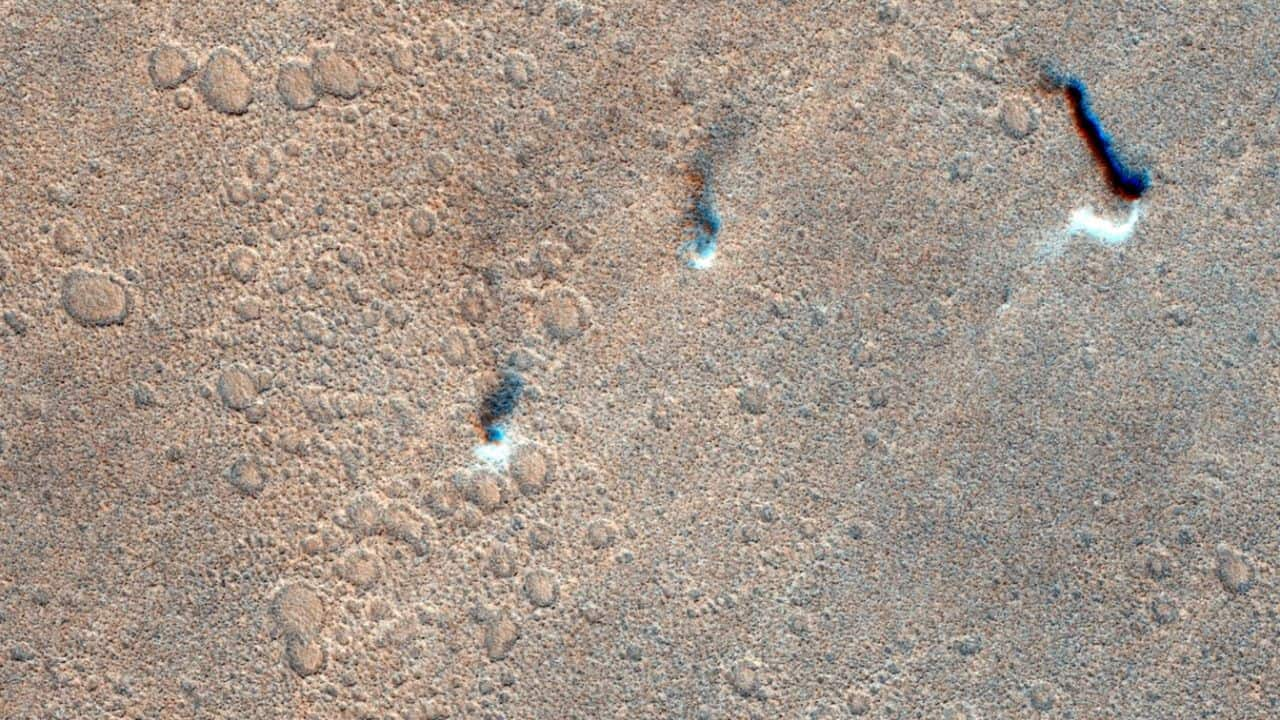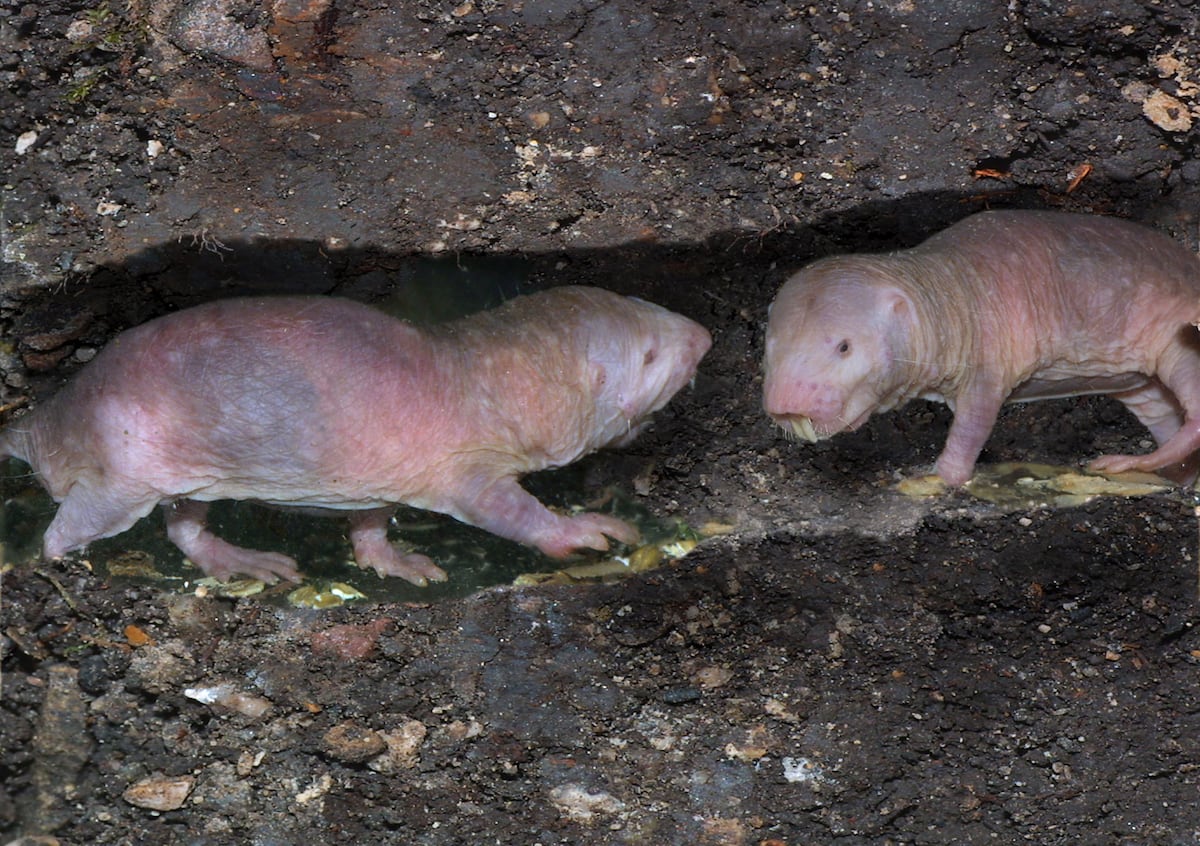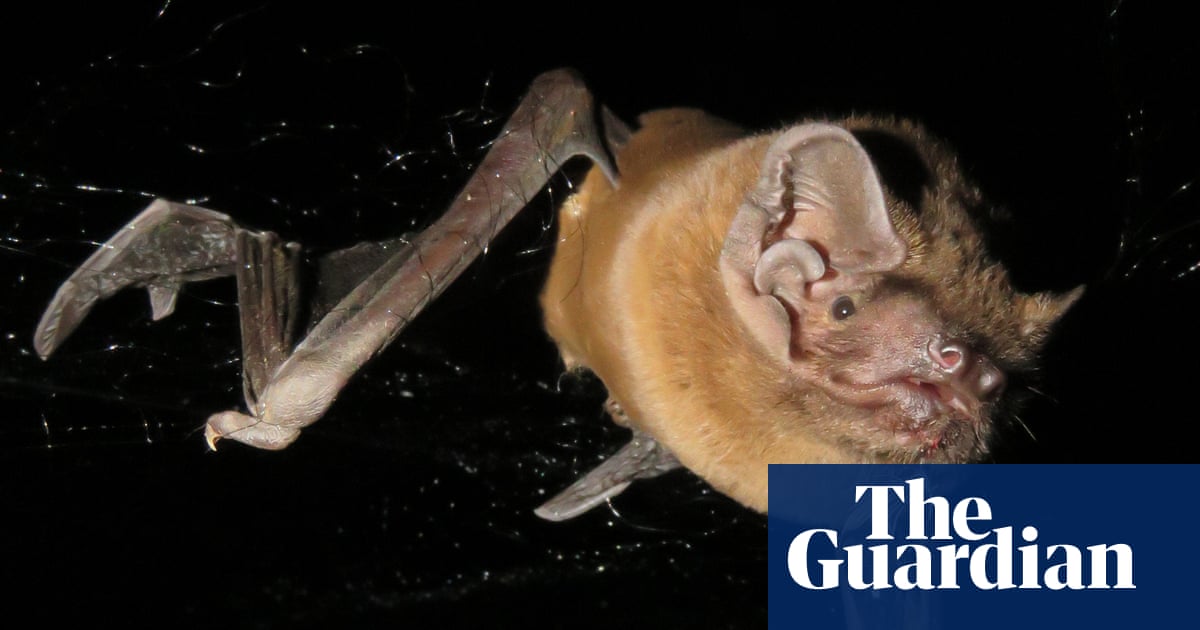Unbelievable Discovery: The Sword Dragon of Dorset Revealed After 24 Years!

Imagine uncovering a creature from 190 million years ago that could redefine our understanding of prehistoric marine life! A stunning new ichthyosaur fossil, affectionately dubbed the Sword Dragon of Dorset, has emerged from the shadows of time along the Jurassic Coast of the United Kingdom, and it’s leaving scientists and enthusiasts alike in awe.
Formally named Xiphodracon goldencapensis, this remarkable find is not just any fossil; it’s a key to unlocking secrets about the evolution of ichthyosaurs during the Pliensbachian period. The details of this groundbreaking discovery were recently detailed in the journal Papers in Palaeontology, showcasing how this pristine specimen bridges a crucial gap in our grasp of these ancient marine giants.
The fossil was uncovered by none other than seasoned collector Chris Moore, who stumbled upon it while digging along the coastline. "I spotted a section of tail vertebrae sticking out and then covered it up and got permission to dig in and have a look at what was there," he reminisced. His careful excavation led him to an astonishingly complete skeleton, unlike many ichthyosaurs that are typically flattened over millennia.
"I hit this hard object, which turned out to be the skull," Moore recalled. This was a true gem, preserved in three dimensions, offering a rare glimpse into the anatomy of an ichthyosaur in lifelike detail. The skull featured two prominent eyes and a long, sword-like snout filled with tiny needle teeth, making it a predator perfectly adapted for hunting in its ancient marine habitat.
Living approximately 190 million years ago in a shallow tropical sea that once blanketed southern England, the Sword Dragon thrived in a world vastly different from ours. Its massive eyes and elongated snout suggest it was a fearsome hunter of squid and small fish in an environment where organisms were preserved in anoxic seabeds, safeguarding their remains from decay.
Dr. Dean Lomax, a paleontologist who has been pivotal in studying this specimen, expressed his excitement: “There’s a lot of cool features with this fossil. If I was forced to pick just a few, I’d say that the extremely long, sword-like snout and massive eye are genuinely – pun intended – eye-catching.” He also noted the bizarre lacrimal bone, previously unseen in ichthyosaurs, which adds yet another layer of intrigue to this discovery.
However, the journey from discovery to scientific recognition wasn’t straightforward. Believe it or not, there was a 24-year delay between the fossil’s unearthing and its formal description! Moore reflected on this timeline, admitting, “This is exceptionally long, but in geological time, I suppose it’s nothing.” The specimen spent years at the Royal Ontario Museum before Dr. Lomax took the helm for its analysis, ultimately enriching our understanding of ichthyosaur diversity and evolution.
But the story doesn’t end there! Following the initial discovery, Moore uncovered a second specimen, humorously nicknamed Gonzo due to its buckled jaw, now proudly displayed at the Charmouth Heritage Coast Centre. Moore quipped, “A result of nose-diving into the sediments on the sea bed 190 million years ago.” Such public exhibitions serve as vital platforms for researchers and enthusiasts alike, celebrating the complex anatomy and ecological importance of these prehistoric leviathans while underscoring the need for fossil conservation along the breathtaking Jurassic Coast.

























